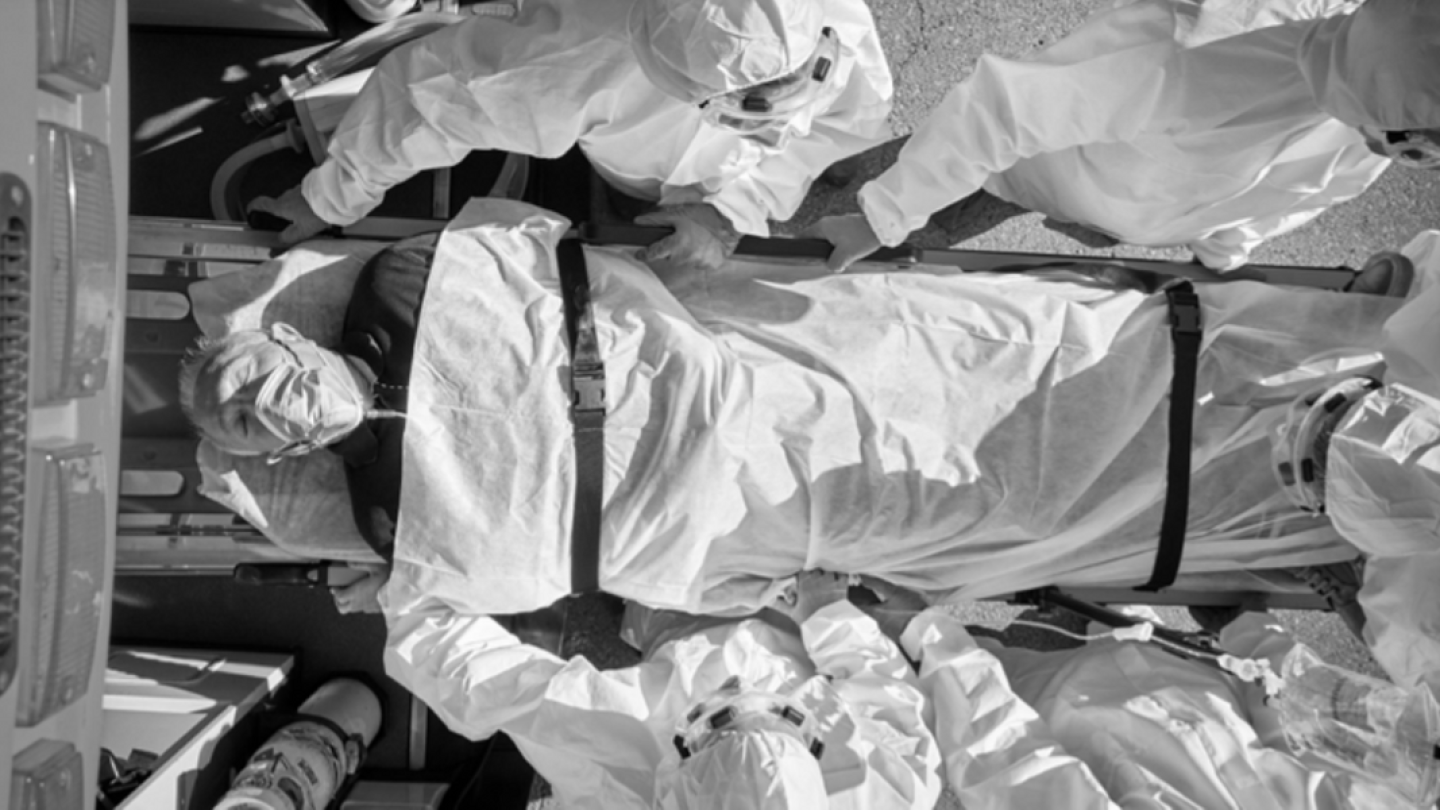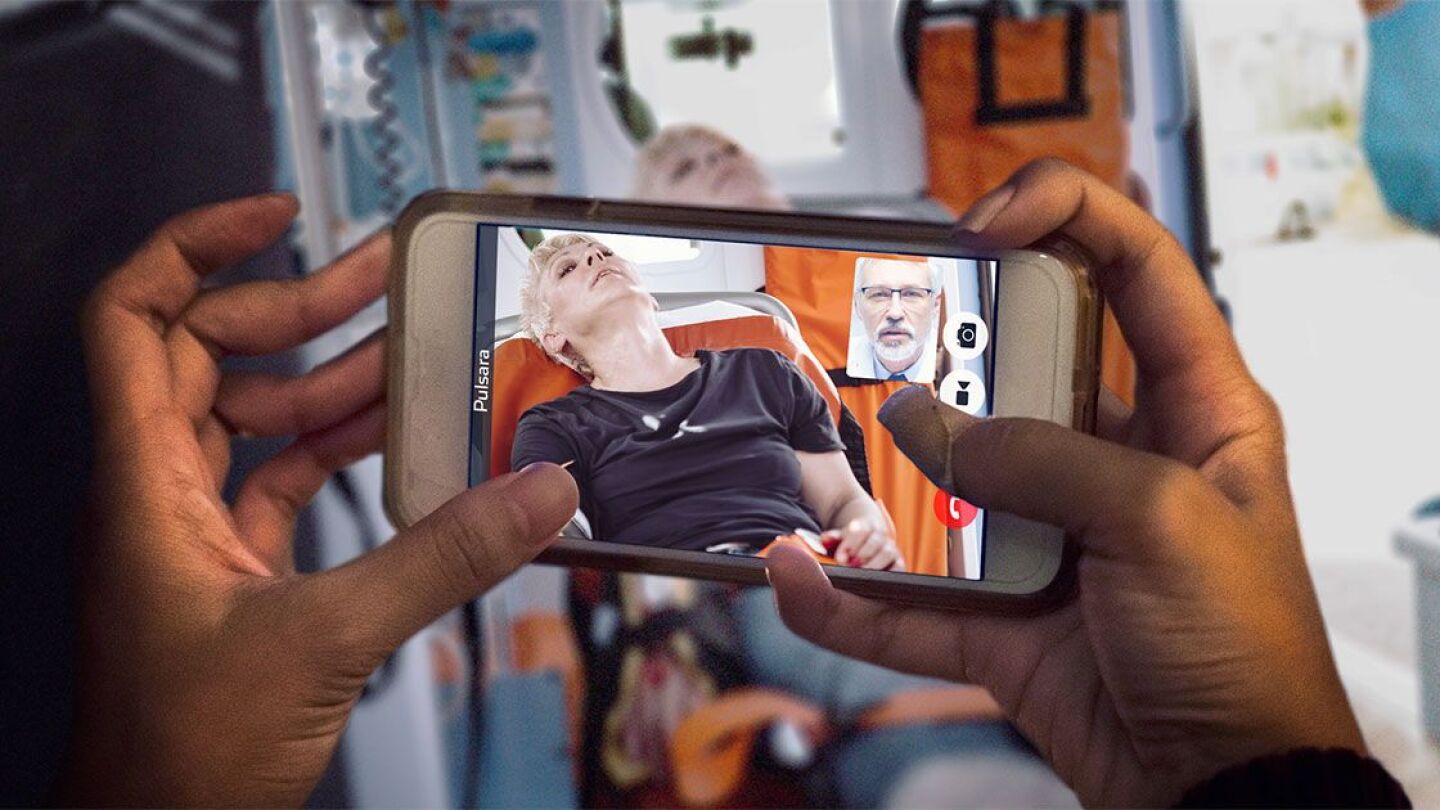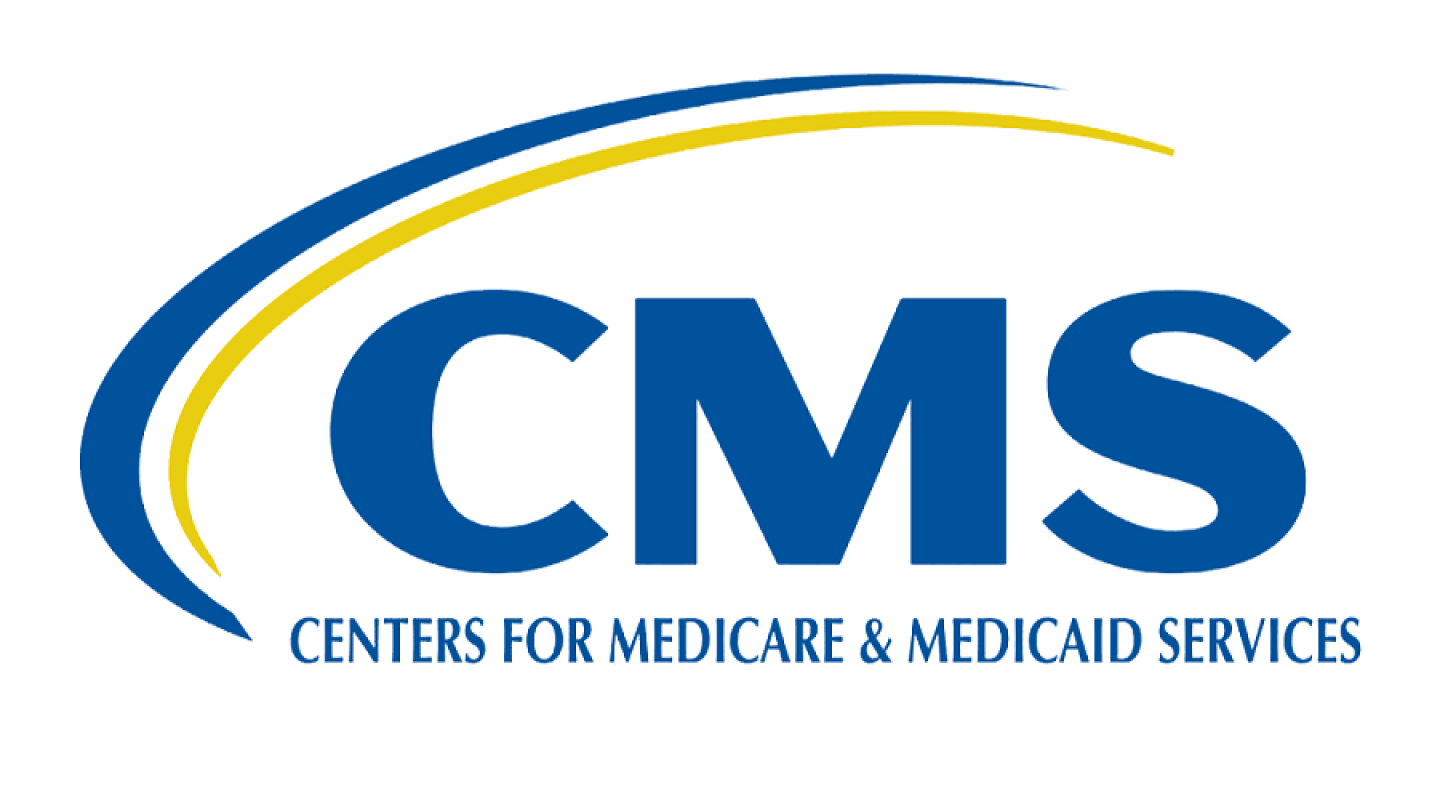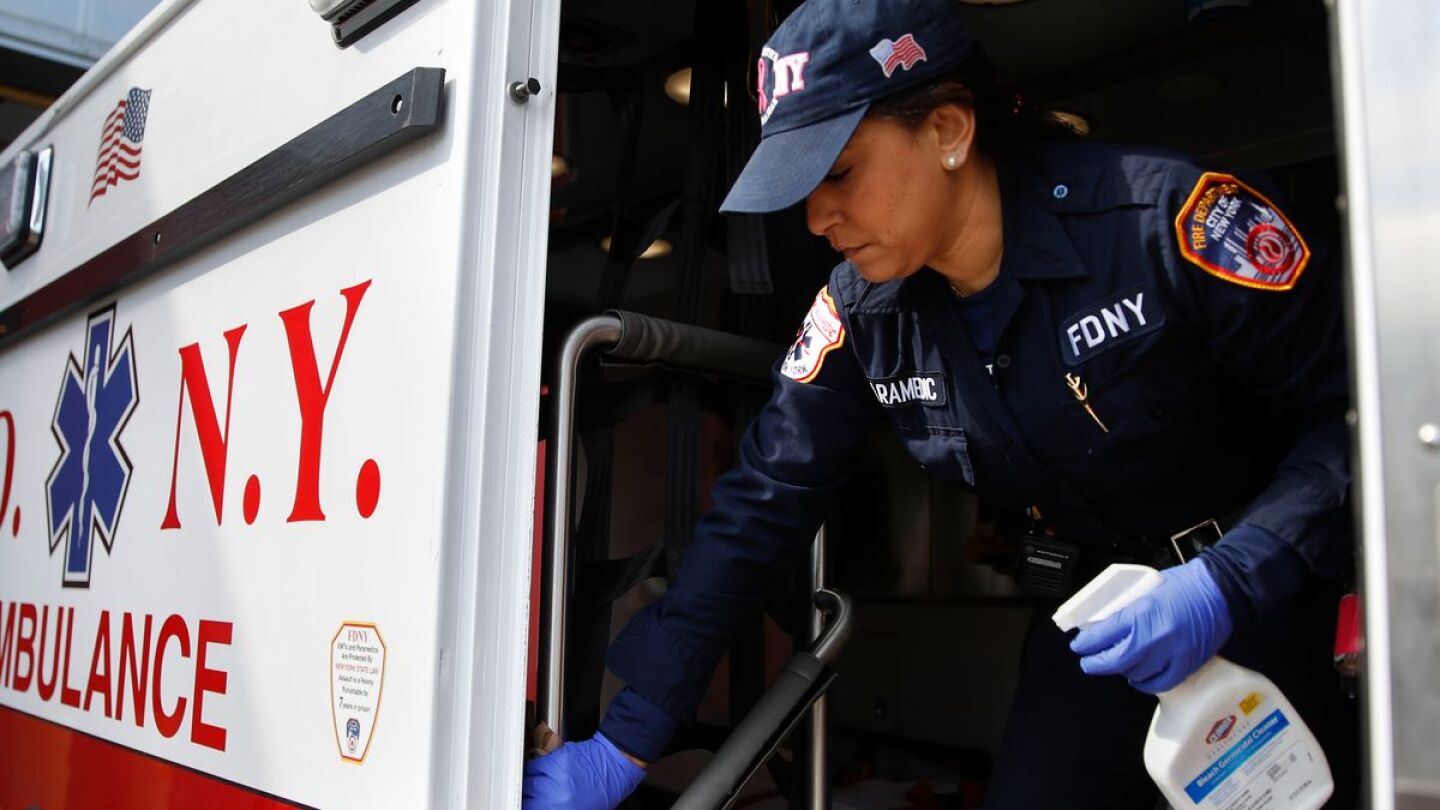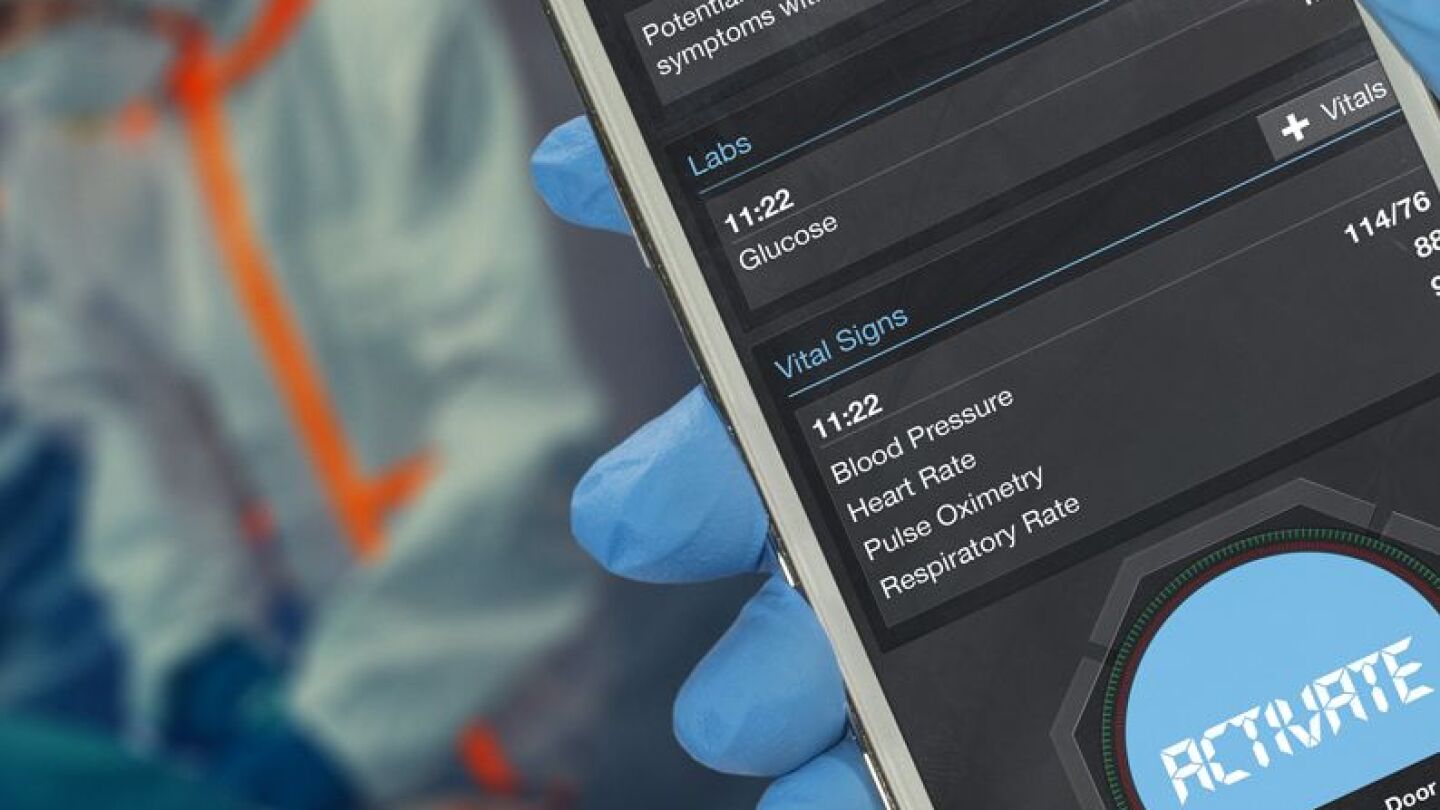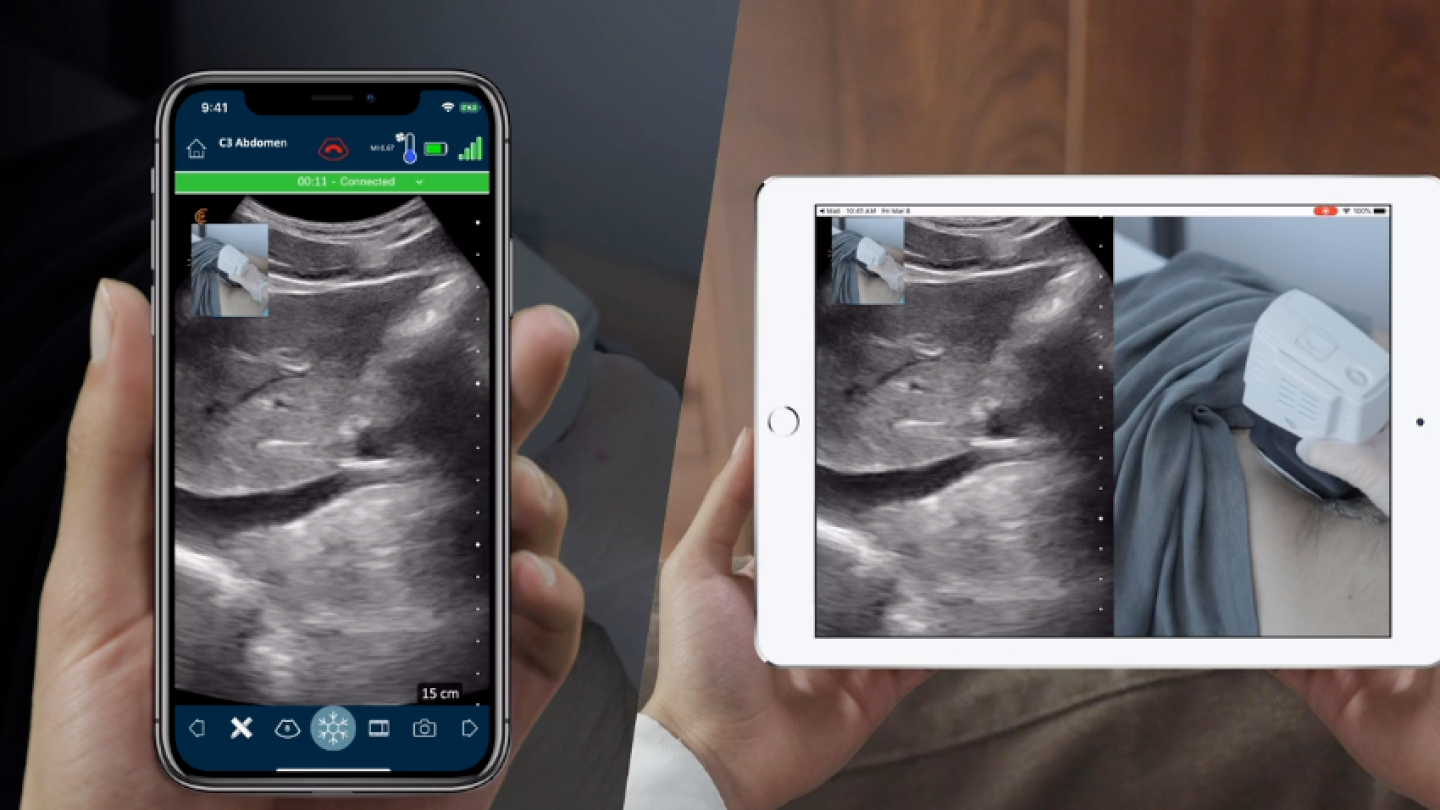Telemedicine
Often, transportation is a barrier to receiving healthcare, which means EMS become that transportation even when the medical problem itself is non-urgent. Telemedicine, using technology to connect patients to healthcare practitioners remotely, can be used to triage patients, decreasing non-emergent ambulance transports, or to enable a higher level of care when access or distance prevent physical assessment.
Lessons learned from implementation of a telestroke program
Communication applications, tech allow real-time feedback on critically ill patients; enable error-insulated hospital reporting
New capabilities will change how care is delivered – and agencies need to adapt
Acadian Ambulance will offer treatment in place and alternative destination transport ahead of the launch of ET3, in which Acadian will participate next month
Find out how telehealth applications can help expand the reach of out-of-hospital care to save more lives
Schenectady firefighter-paramedics armed with iPads will screen patients and then connect them to doctors to determine the best course of treatment
The new amendment to the Public Readiness and Emergency Preparedness Act declaration aims to open more pathways for telehealth use and distribution of the COVID-19 vaccine
MedArrive aims to provide affordable at-home healthcare services by combining physician-led telehealth with hands-on care from EMS professionals
Telehealth applications can help expand the reach of out-of-hospital care to help EMS and hospital providers deliver better patient care, faster
President Trump and Congress have 7 weeks to support bipartisan opportunities to improve EMS safety, reimbursement, recognition and pay
Leading the charge to combat COVID-19, promote telehealth and advance the EMS agenda, while prioritizing patients and staff
The Centers for Medicare & Medicaid Services announced that the first performance period will begin Jan. 1, 2021
ET3, Telemedicine and PPE were on the agenda during a 2-day virtual meeting
The ET3 model and the COVID-19 are influencing a move away from 911 transport to the ED, and toward autonomy for EMS providers
Paramedics, nurses and support team members will provide care to patients at home under the direction of Mayo Clinic physicians
One therapist shares why virtual meetings work so well for EMTs and paramedics
Pinnacle 2020 Quick Take: Washington Update – The CARES Act 2.0; what the election will mean for EMS
A policy and regulation expert shares insights on the next wave of coronavirus relief funding, and the future of ET3 and telehealth
Tracking COVID-19 cases, PPE supply and ambulance turnaround times to inform EMS response
The bipartisan group of House representatives is calling for agencies to receive reimbursements for treatment-in-place responses and telehealth use
Has the disruption of COVID-19 knocked our journey to the EMS Agenda 2050 off its trajectory or boosted it into warp drive?
Breaking down the National EMS Assessment 2020 insights on telehealth, health information exchange and disaster preparedness
Telehealth applications can reduce unnecessary exposure and better utilize EMS resources
The CARES Act Includes $200 million for eligible health providers to ensure connected care services for their patients during the COVID-19 pandemic
In Boston, 911 callers can elect to speak with a physician rather than send an ambulance; in Worcester, EMS providers are equipped with a telehealth mobile app
Funding a system of readiness through telehealth, treatment and alternative destination reimbursement for EMS
The package is free for EMS and healthcare organizations seeking to limit exposure through telemedicine and interfacility communication
Century Ambulance reduces brain tissue loss by connecting neurologists to perform NIHSS assessment in the field
Treating veterans’ complex health needs with telehealth, suicide screening and a dedicated medical home in the VA
Lessons learned from Houston’s ETHAN program can help your agency design, launch and manage a telemedicine program for your community
Leveraging Gigabit-Class LTE, smart ambulances, telemedicine, automatic vehicle location and telematics are within reach
When a live connection is initiated, the receiver will open a secure link via email or text message, which provides two-way audio and visual images
FirstNet connectivity and 4G LTE/5G communications can connect EMS to doctors and hospitals for transport guidance, and to activate stroke, trauma and other specialty teams
The feasibility of a telehealth program within a large EMS system highlights progress in matching healthcare resources with patient needs


